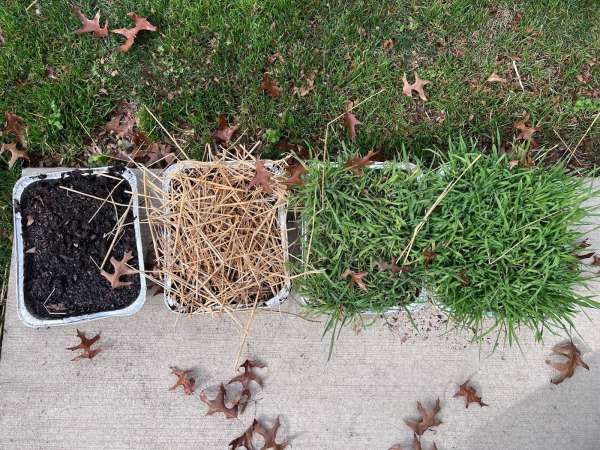Soil health and microbes
Lessons
# Soil sampling and texture testing
Students will collect soil samples and determine the texture of their local soil(s), test nutrients and look for diversity within the soil. Background information about soil may be found in the GrowNextGen soil e-learning course.
Files
# Soil biology
Students examine soil samples and begin to identify the organisms present using a microscope.
Files
# Soil microbes
Students will follow a procedure to dilute soil samples and identify bacteria using the Gram staining method.
Files
# Career connection: Soil science
Students watch a video about a career in soil science and complete a career web.
Files
Teacher background
Soil is the basis of all commodity farming; if the soil is not healthy, the crops will not grow and produce. Soil testing gives growers important information about the nutrients and pH of the soil. However, the nutrients in soil are only part of the story. The living things in soil, including plant roots, give a more complete picture of how productive soil may be.
If soil is growing the same crop year after year with no change, nutrients are removed and not replaced. Pests for that crop continue to have ample food supplies and may reproduce at a rapid rate. Weeds may also become a bigger problem, if they are able to out compete the crop. Microbes may become less diverse, which changes the nutrients that are available to plants. The best management practices for soil health in a farm field include: crop rotation between grass crops (corn and wheat) and legumes (soybean and alfalfa); cover crops including a mix of different types; and no-till or strip till practices so soil remains covered most of the year. Soil microbes help prevent disease and reduce plant stress, as well as cycle nutrients.
More and more research is being done to determine how best to protect or increase soil health, including bioprospecting for groups of microbes that are especially efficient at forming new soil and recycling nutrients, as well as research into which crop traits support microbiomes that help enhance soil health.
Next gen science standards
Science and engineering practices
- Asking questions (for science) and defining problems (for engineering)
- Analyzing and interpreting data
- Engaging in argument from evidence
- Obtaining, evaluating, and communicating information
Crosscutting concepts
- Cause and effect
- Scale, proportion, and quantity
- Systems and system models
Disciplinary core ideas/content
- ESS2A Earth materials and systems
- ESS3A Natural resources
- ESS3C Human impacts on Earth systems
- LS1A Structure and Function
- LS1C Organization for matter and energy flow in organisms
- LS2A Interdependent relationships in ecosystems
- LS2B Cycles of matter and energy transfer in ecosystems
- LS2C Ecosystem dynamics, functioning and resilience







Share this